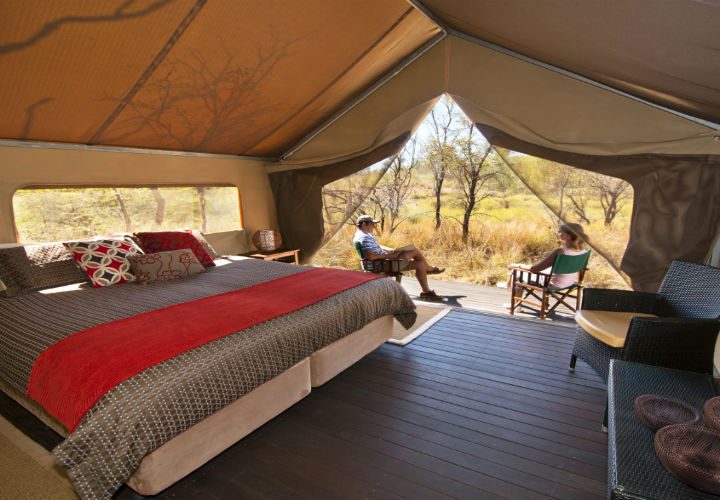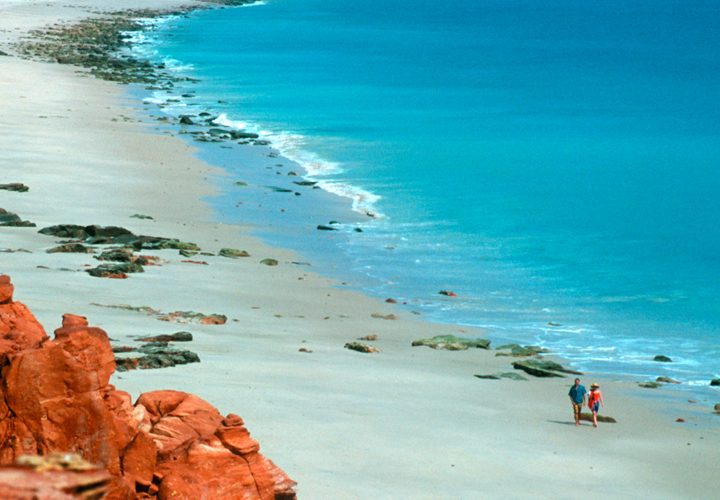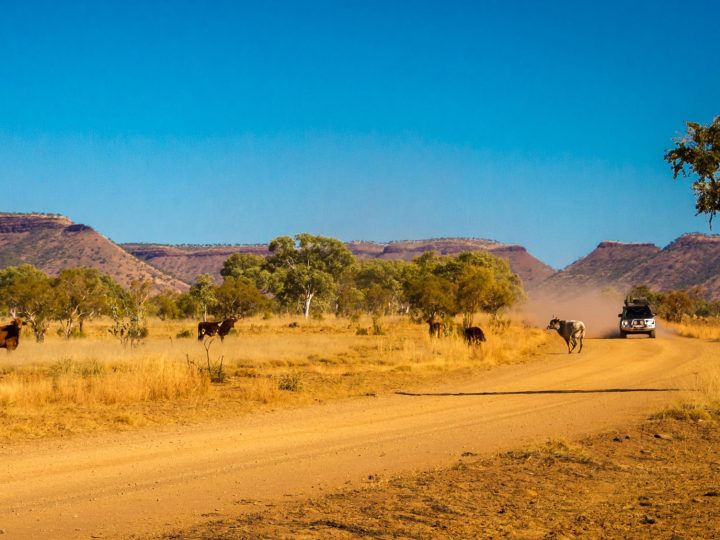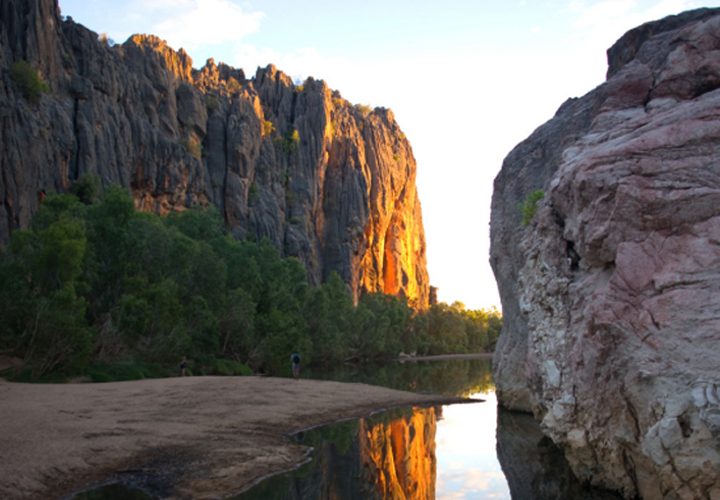The Kimberley Region of Western Australia is one of the country’s wildest untamed landscapes. A visit here can provide you with the adventure of a lifetime as you negotiate the rugged beauty of this unique corner of the world. However, it goes without saying that it can also play host to a range of challenges so we’ve put a few tips together to help you stay safe and enjoy your Kimberley travels.
Safety Is Paramount When It Comes to Crocs
We have two types of Crocodiles in Northern Australia, contrary to popular belief they aren’t all ferocious man-eaters. Our freshwater crocodiles (Crocodylus johnstoni) are endemic to Australia and are generally considered not harmful to humans. They can be seen at places like Windjana Gorge and will slink away in waterholes if you go for a swim.
On the other hand the Salt-water Crocodile presents a serious threat to travellers in this part of Australia. Always heed the warning signs as and when you see them. Also, no sign does not necessarily equal no crocodile.
Stay aware if you find yourself near any water you are uncertain about, particularly large tidal rivers like the Pentecost, check with locals, as the saying goes they usually know best. Inland shallow creeks and waterfalls are usually crocodile-free, and most of the major sights on the Gibb River Road – a staple of many Kimberley tours – are relatively safe, but it pays to stay aware.
Driving Is Challenging
With-out doubt the best way to experience the real Kimberley is by embarking on a road trip. You are going to need a four wheel drive vehicle to negotiate the Gibb River Road or any of the other outback roads and tracks that criss-cross this region. This is the case even during the dry season. You can be a long way from help on a Kimberley journey so carrying spares (such as 2 tyres / belts etc) and tools and knowing importantly knowing to use them is a no-brainer.
If you are confident then a well planned self drive can be a great trip however a guided tour can give you piece of mind as well as all the benefits of local knowledge and support. At InStyle Adventures we can plan the journey to suit you.
Your Mobile Phone May Not Work
Mobile phone reception and internet is fairly reliable in the bigger towns and population centres, like Broome, Kununurra, Derby, Halls Creek & Fitzroy Crossing but it cannot be counted upon once you head out into the country. Telstra provides the most reliable service and even has ‘hotspots’ along Highway One.
You won’t receive any mobile service if you venture along the Gibb River Road and surrounds although the roadhouses at Barnett River and Imintji together with some of the accommodation en-route now offer satellite email – it comes at a price and it’s not fast but if you can’t handle no internet for a week…..
Satellite phones are a good idea if you plan to travel really to remote areas – they can be hired from a range of places if you don’t think you need one for the long term. Finally always be sure to give the details of your itinerary to someone who you can trust, and make sure that you stick to this plan.
Seasons Make a Huge Difference
The Kimberley plays host to three main climatic seasons each year, each with its own unique set of conditions. The Dry Season occurs from April through September and is the perfect time to visit the Kimberley, as the roads and National Parks will be open and you are likely to enjoy warm sunny days (25 to 34 degrees) and clear skies.
The Wet Season kicks in from December to April and is characterised by monsoonal rains and and impressive thunderstorms, while “The Buildup” occurs in October and November and features rising temperatures and increased humidity. Only venture to remote areas during The Buildup or The Wet Season if you know what you are doing.




